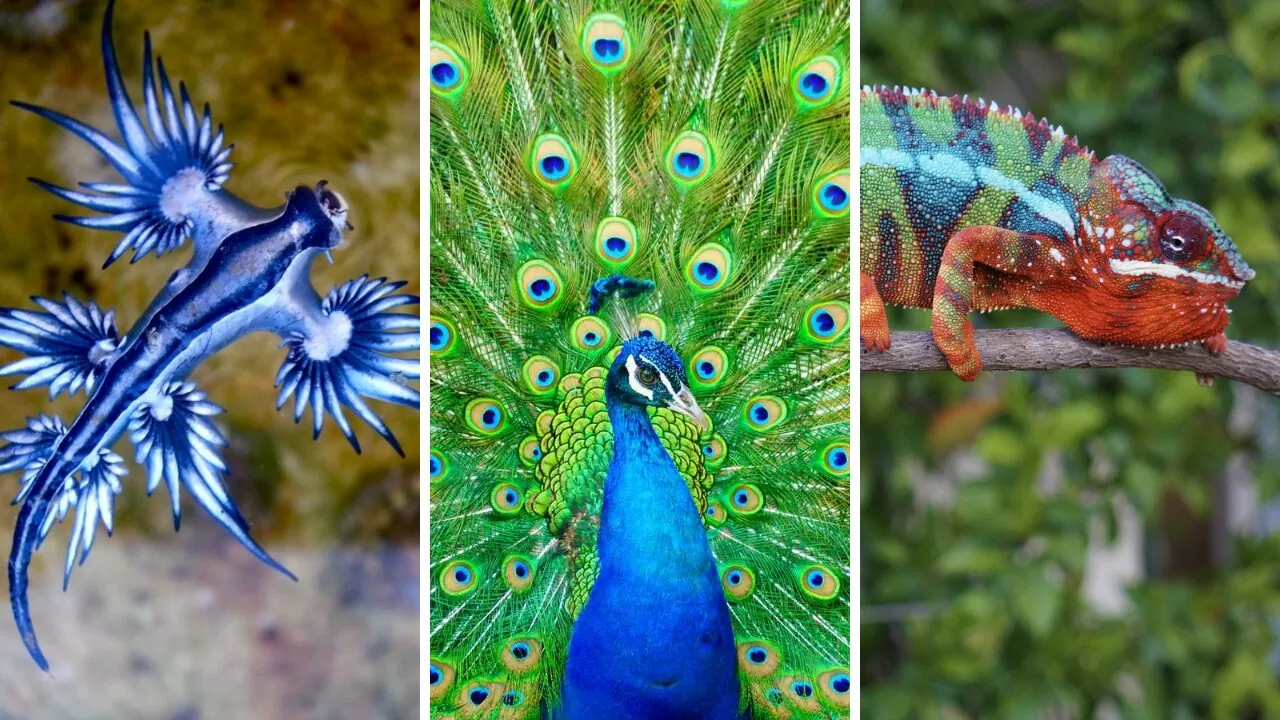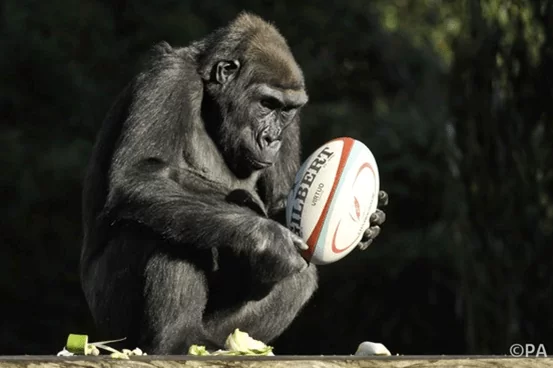10 Beautiful Animals You Need to See: Beauty Beyond Words
Beauty is for the observer, meaning that any classification of beautiful animals has an element of subjectivity. Furthermore, all creations of nature are beautiful, with the animal kingdom providing the most spectacular display of color, form, and grace. Ranking the appeal of various animal species to humans is challenging, especially considering the cuteness of the offspring of almost all animals.
Nevertheless, someof these beautiful animals do stand out. Their beauty may be the result of the complex evolution of coloring to attract the opposite sex, or it may be the way the species keeps safe from predators. Then again, some beauty is the result of human breeding and seeking the perfect specimen. Whatever the origin, the following ranking brings out the most spectacular species across the world. Here are the most beautiful animals today:
10. Scarlet Kingsnake
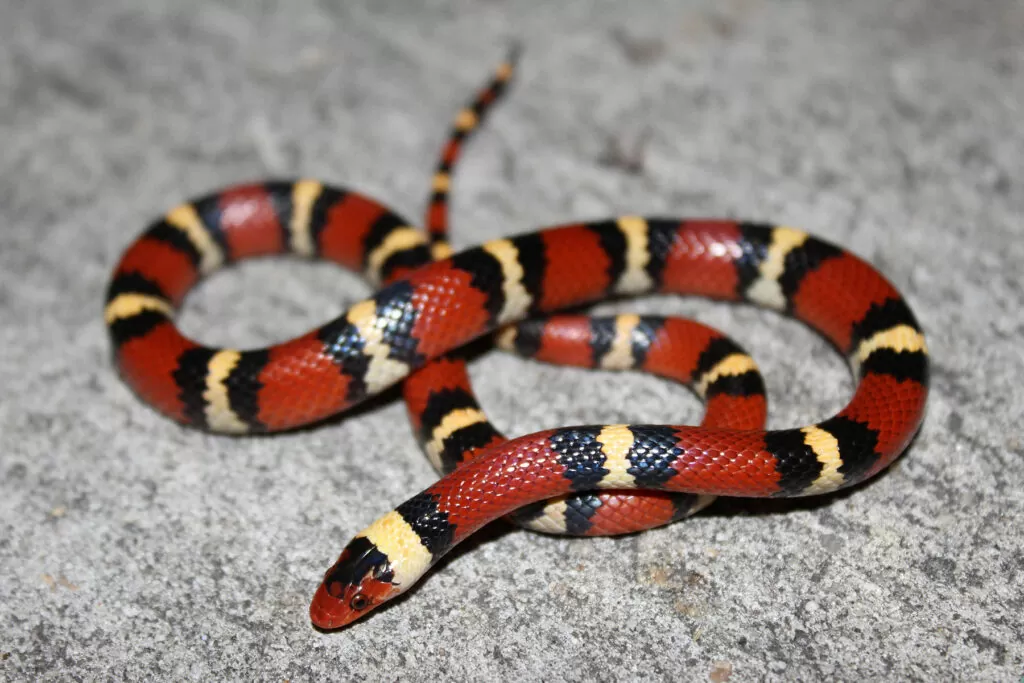
The scarlet kingsnake is probably the most spectacularly colored snake in the world. It is native to the United States. They are relatively small snakes, with a mature size of 40 to 50 cm (16 to 20 in). The scarlet kingstake is born with black, red, and white bands. As it matures, it develops an additional yellow color, ranging from “lemon yellow” to orange. The scarlet kingsnake is not a venomous snake.
However, it is often confused with the coral snake, which is deadly. The difference between the two is the coloring of their heads. East of the Mississippi River, the saying goes, “Red face, I am safe,” differentiating the scarlet kingsnake from its lookalike, the coral snake.
9. Panther chameleon
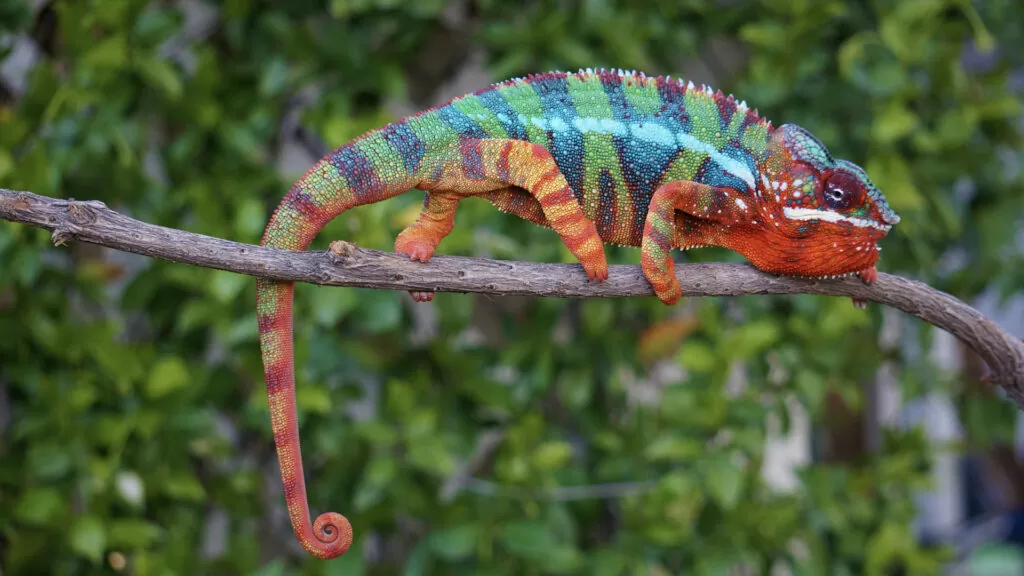
The panther chameleon is native to the jungles of Madagascar. The male species are much more colorful than the females. Although the females have a relatively constant brownish color, the males have varying vibrant colors depending on the specific geographic location—from vibrant blue through sparkling green to orange and yellow. These colorings are only emphasized when two males meet; then they change the display of color and inflate their bodies in order to assert dominance over their opponent.
8. Dart frog
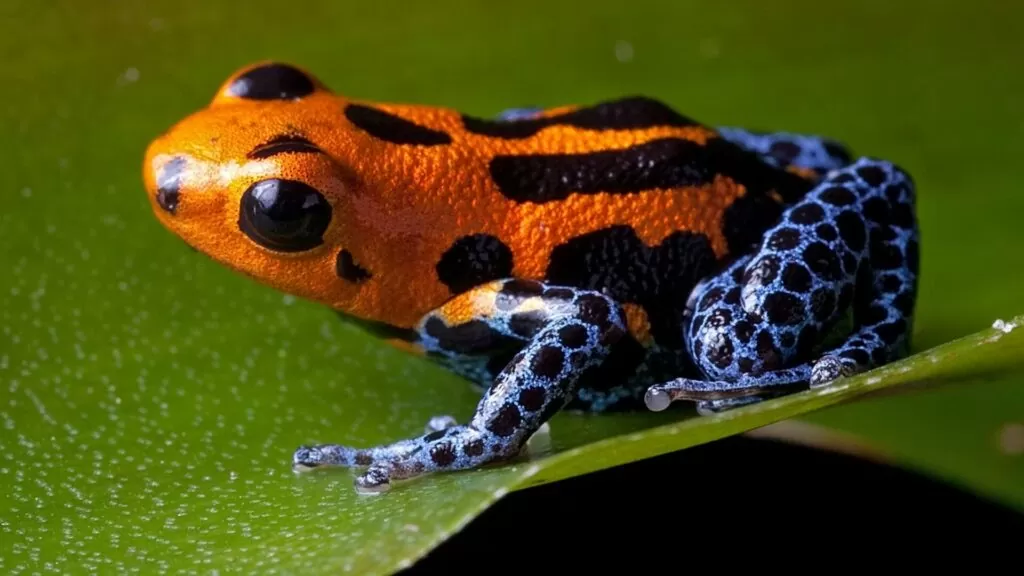
The poison dart frog is the name of a group of species native to Central and South America. They usually have brightly colored bodies. The brightness of the coloring directly correlates with the toxicity of the species. Their name is derived from the use of native Americans’ venom on the infamous darts used by the tribes.
7. Nudibranchs
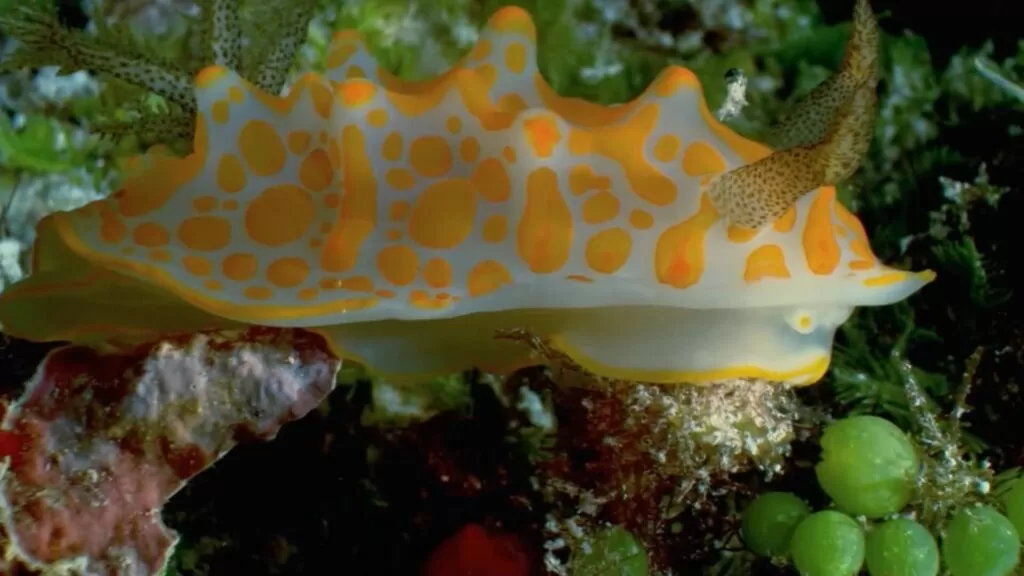
The nudibranchs are jelly-bodied, shell-less sea slugs that live at the bottom of the world’s oceans. The species varies greatly in shape, form, and color. The coloring of the species matches the surrounding habitat and is a protection against predators. The more ornate nudibranchs are a natural wonder to behold.
6. Mandarin fish
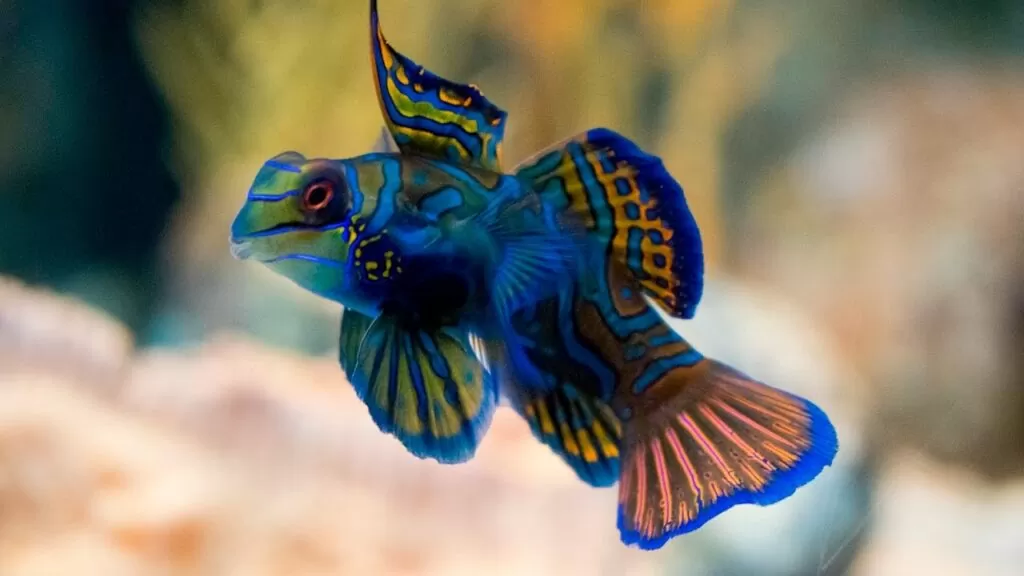
The Mandarin fish is native to the Pacific Ocean between the shores of Japan and Australia. In addition to providing a beautiful display of bluish-green sprinkled with orange, it is also quite dangerous. The mandarin fish are both poisonous and smell terrible. The latter being their protection against predators.
5. Mandarin duck
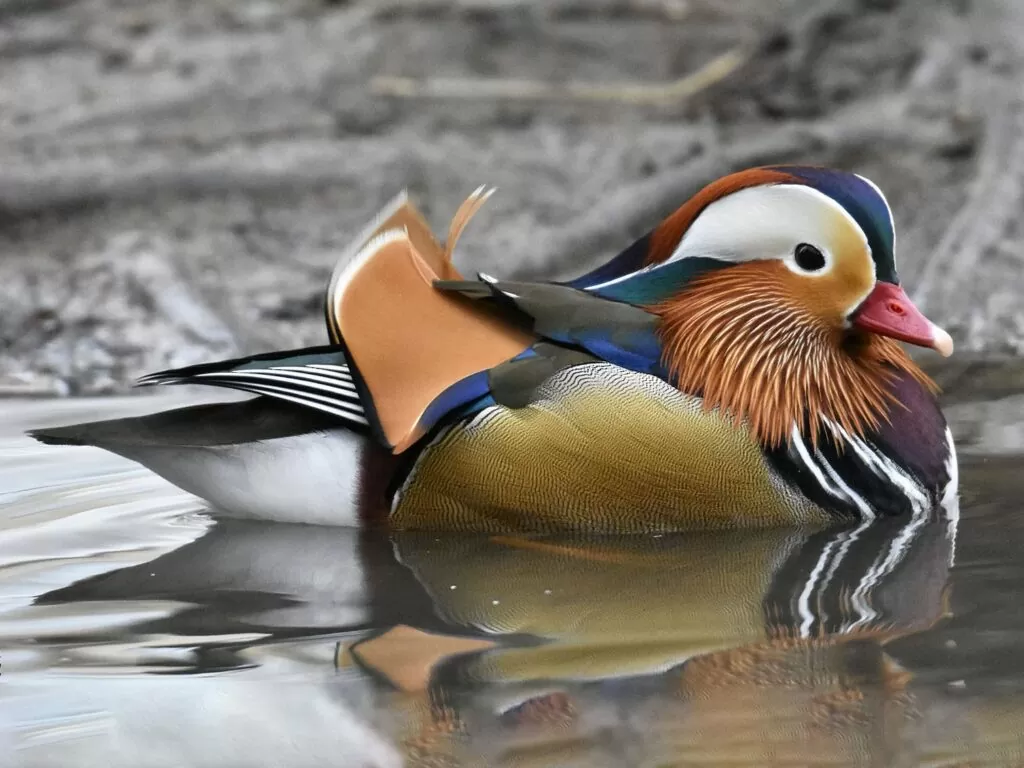
They are native to China and Japan, but thanks to their spectacular display, they are now common across the world’s parks and natural reserves. When putting the Mandarin duck in the ranking of the most beautiful animals, we should note that we are speaking about the male species. Their beautiful coloring is a way to attract the much less glamorous females of the species. As of 2023, the global population of tigers is estimated to be 5,574.
4. Blue dragon, blue glaucus
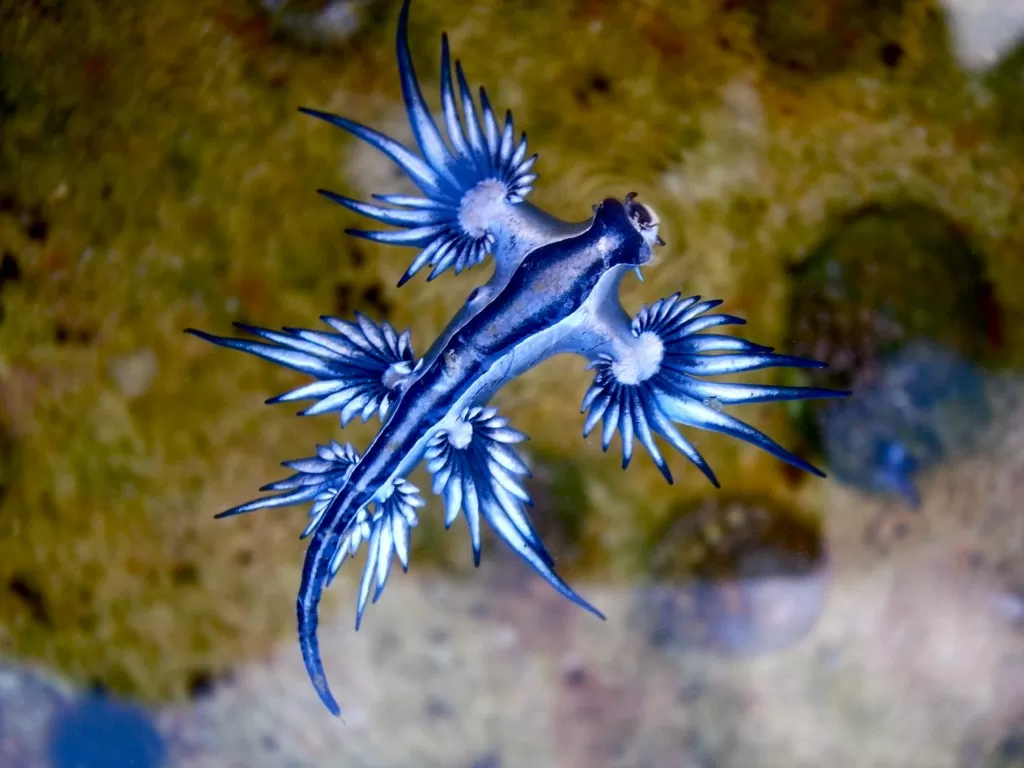
A slug is not normally something we consider beautiful as a stereotype. However, the blue dragon, or blue glaucus, is a notable exception. Beauty, in its case, is a safety camouflage. When predators look at it from below, they only see the sparkling beauty of the sun filtered through the blue ocean water. The top side of the blue dragon is much more lackluster. This is, however, its disguise for predators swimming above it; it then mimics the gray ocean floor.
3. Tiger
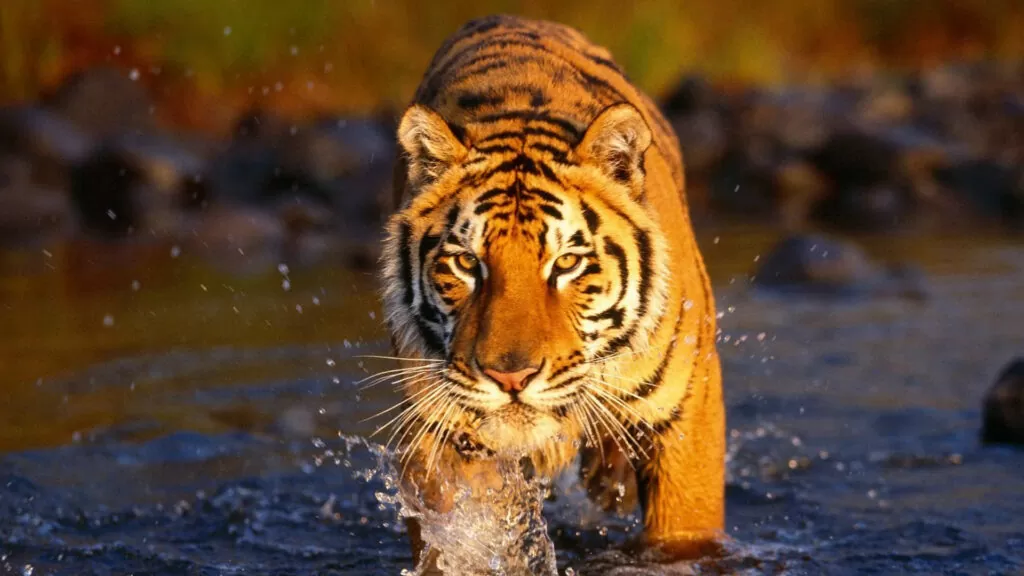
The tiger (Panthera tigris) is the largest of all cat species. It is notorious for its dark stripes on orange fur with a white underbelly. The tiger preys on large mammals, normally deer and boar. This large predator’s beautiful and powerful appearance is one of its curses. The origin of myths and legends led to poachers and, sadly, the danger of extinction. Over the 20th century, tigers have lost much of their original habitat.
They have become extinct in Western and South Asia. What remains of free tigers roaming the wild can be found in Siberia, India, and only on the island of Sumatra in Indonesia. Hence, the tiger has been listed as an endangered species on the IUCN Red List.
2. Friesian horse
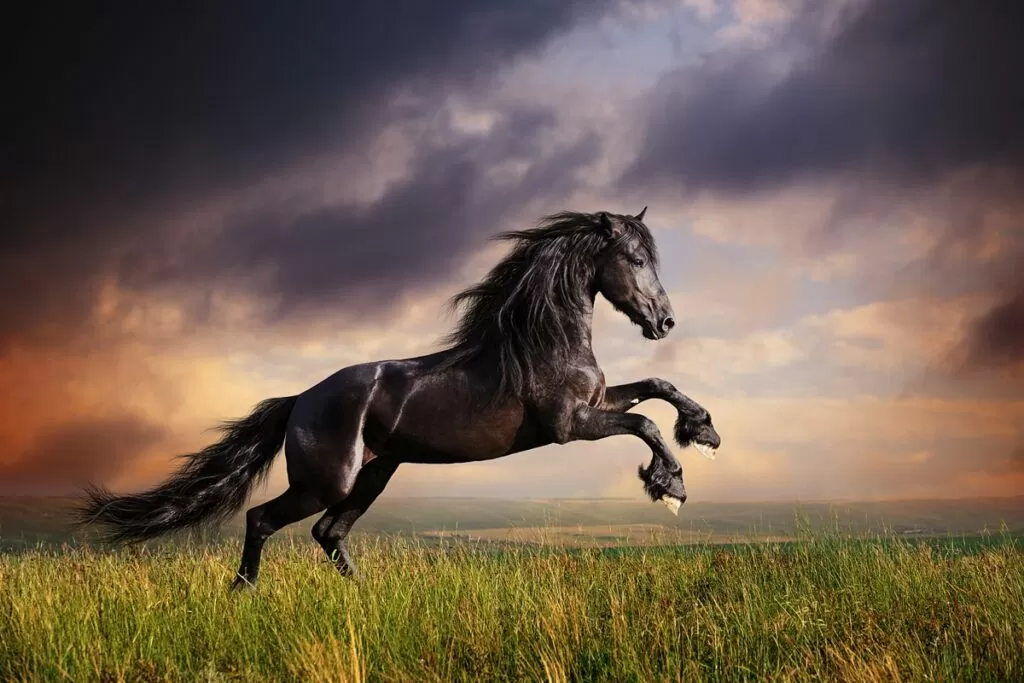
While all the animals mentioned here are beautiful, the Freisian horse’s beauty is complemented by grace. This breed of horse is native to Freisland, in the north of the Netherlands. It is classified as a light draft horse. The Freisian horse has an all-black coat with a long mane and tail and feathers on its legs.
The only coloring allowed for a true Friesiand horse is a small white stain on its forehead. Almost going extinct in various past times, today two breeds exist: the baroque, more robust type, and the “sports type,” which is more graceful and fast.
1. Peacock
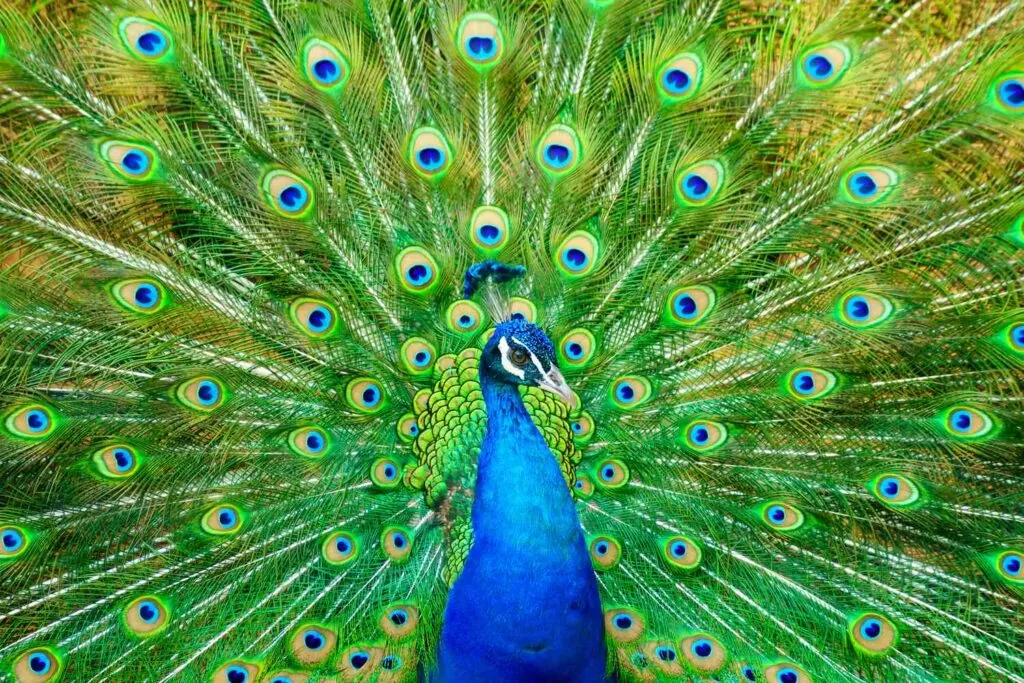
The name of the species is actually peafowl, and only the male ones are called peacocks. As you may guess, the females are referred to as peahens. Originally, peafowls were native to India (home to the blue peafowl) and Southeast Asia (home to the green peafowl).
Like many of the beautiful animals in our ranking, the male peacocks provide the reason for their inclusion here. The most spectacular display of color in peacocks is in their “tail,” also called “the train.” The full beauty is on display when the peacock fans its train.
Don’t forget to read more articles here.

